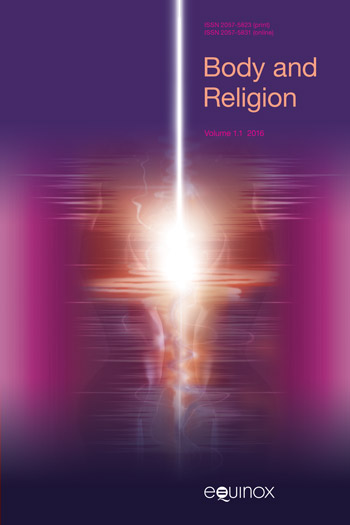Reviews
Robert M. Ellis has put together a magisterial work on the archetype, bringing together empirical, philosophical, comparative religious and Jungian approaches into one carefully worked out theory. A rich, deeply thought provoking and remarkable synthesis.Erik D Goodwyn MD, Associate Professor and Director of Psychotherapy Training, University of Louisville; author of The Neurobiology of the Gods
Robert M. Ellis’s study, part of his wider Middle Way philosophy, offers a helpful contribution to emerging conversations about the imagination in the academic humanities. It critically synthesises classic Jungian concepts such as archetype, shadow, and anima with recent cognitive approaches to mindfulness, metaphor, bias, and embodiment. Drawing on both religious and secular examples, Ellis proposes a new, praxis-oriented interpretation of archetypes as ‘schematic functions’ which provide long-term inspiration in the pursuit of inner integration.
Dr Miranda Gill, Former University Lecturer in the Faculty of Modern and Medieval Languages, University of Cambridge
My own favourite chapter concerns secular rather than religious examples of archetypes, such as truth, beauty, goodness, health and democracy. This extension of the analysis shows off the power of Ellis’ account, and offers some highly instructive examples of the archetypes. For example, Ellis describes how truth is often interpreted as something expressed in the form of propositions, that demands our attention along with an attitude of belief. The truth, projected in this way, may become a version of the God archetype absolutized in a form which we demand that others agree with. And yet truth in this sense is a symbol. The practical approach that Ellis proposes as an alternative is altogether more sceptical, more alert to the embodied process of enquiry, into the truth as a final knowing which is not something we could ever be sure we have reached. This whole account made me think of my own field of research, early Buddhism, in which it is all too easy for the scholar to think they have reached the ‘truth’ about the meaning of some difficult teaching, as being ‘what the Buddha really meant’, when in fact it would be more accurate to say they have reached some new and creative interpretation of early Buddhist texts, guided by the archetype of truth, an interpretation which they believe is more helpful in understanding the Buddha’s teaching.
I hope that this brief review of Archetypes in Religion and Beyond has suggested some of its originality. It is one of those rare books that makes you re-think your assumptions, in this case, by using Jung’s account of the archetypes in a completely re-imagined practical religious sense to envisage how to navigate life in a meaningful and inspired way.
Western Buddhist Review








